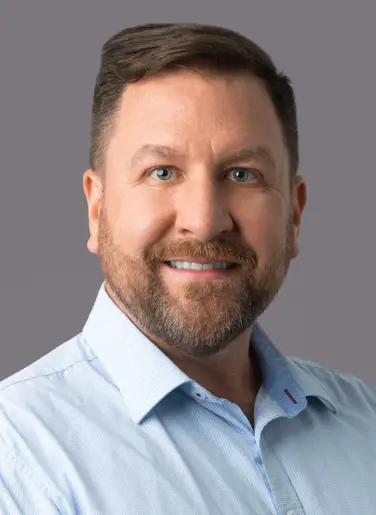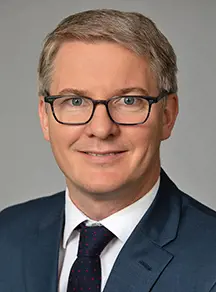Supporting Ni-Cu-Co-PGM Exploration in Greenland
SRK Exploration Services (SRK EX), in collaboration with members of SRK Toronto, has spent the last two summers in Greenland, assisting North American Nickel with their Maniitsoq Ni-Cu sulphide exploration programme.
The Maniitsoq project basecamp is located in south-western Greenland, approximately 115 km north of Nuuk. To date, exploration has targeted the 75 km long, 15 km wide curvilinear Greenland Norite Belt which contains numerous norite and leuconoritic bodies. These ultramafic rocks are known to host accumulations of Ni-Cu sulphides.
In 2017, SRK EX assisted North American Nickel geologists in the core yard, logging the various ultramafic lithologies and sampling sulphide mineralisation. It was noted that mineralisation varied within mela- and leuco-noritic rocks which were identified by subtle differences in pyroxene assemblages and Mg content, tested using portable XRF. Whilst on-site, we also trained a group of geology undergraduate students from Cardiff University in core yard management, geotech, lithological and structural logging, sampling methodology, and correct QA/QC implementation.
The following summer, SRK EX returned to west Greenland to help North American Nickel identify Ni-Cu mineralisation targets on a newly acquired licence to the north of Maniitsoq. We also structurally mapped new areas on the Maniitsoq licence to further develop the structural model for the emplacement of the ultramafic complexes and controls on subsequent mineralisation. This information was used to direct drilling activities during the 2018 Maniitsoq exploration programme.
The initial phase of work focused on early-stage regional exploration, investigating electromagnetic (VTEM) anomalies and rock colouration differences identified from satellite imagery to discover new ultramafic complexes and alteration zones from the air. We identified multiple structurally continuous gossanous horizons and previously unidentified ultramafic complexes. The targets were then mapped with a strong focus on structural controls and samples were collected for whole-rock Ni-Cu and multi-element analysis.
Structural observations were collected in the field on tablets running FieldMove™ geological mapping software. The software allows geologists to quickly record observations and structural measurements and digitally sketch observed and interpreted geological contacts and structures in the field.
SRK EX has several geologists who are experienced at working in Greenland and have worked on multiple projects exploring for various commodities. They understand and manage the many logistical and environmental challenges encountered when working in remote regions.








